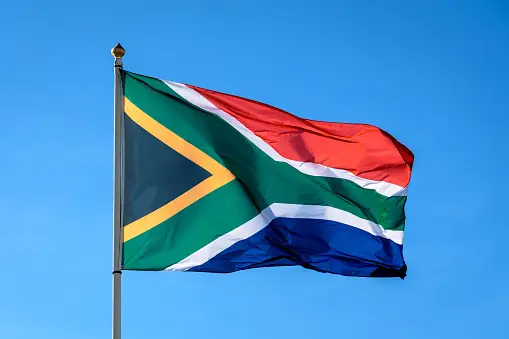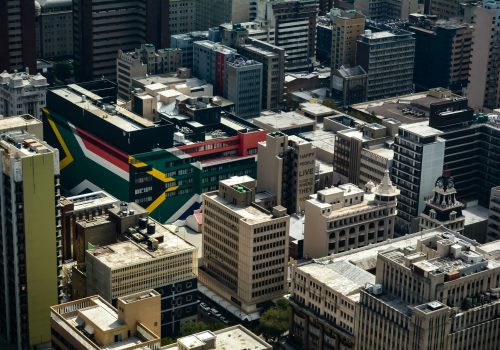Tearing Down the Walls of Injustice: The Courageous Battle Against Apartheid

Apartheid was a system of racial segregation and discrimination enforced by the National Party government in South Africa from 1948 to 1994. It was a policy that institutionalized racial inequality and sought to maintain white minority rule over the majority Black population. The word “apartheid” itself means “separateness” in Afrikaans, one of the official languages of South Africa.
Under apartheid, the government implemented a series of laws and policies to enforce racial segregation in all aspects of life. These laws classified individuals into different racial groups, mainly “White,” “Black,” “Colored” (mixed race), and “Indian/Asian.” Each racial group was assigned different rights, privileges, and opportunities, with the White minority receiving preferential treatment and enjoying political and economic dominance.
The apartheid regime implemented a comprehensive system of racial segregation, which included separate residential areas, schools, hospitals, public amenities, and even separate beaches. The Group Areas Act of 1950 designated specific areas for each racial group, forcibly removing non-White populations from their homes and relocating them to racially segregated townships and rural reserves.
Black people were subjected to a range of oppressive measures, including the pass laws, which restricted their movement and required them to carry identification documents at all times. They were also denied political representation, as the government reserved all political power for the White minority. Non-White political organizations, including the African National Congress (ANC), were banned, and political activists who opposed apartheid were arrested, imprisoned, or exiled.
The apartheid system had a devastating impact on the lives of Black South Africans. They faced systemic racism, limited access to quality education, healthcare, and employment opportunities. Economic disparities were stark, with the majority of the wealth and resources controlled by the White minority. The apartheid government also implemented policies to forcibly remove Black people from urban areas to designated rural areas, leading to the destruction of vibrant communities and social networks.
Resistance to apartheid grew steadily over the years. The ANC and other anti-apartheid organizations, along with individuals such as Nelson Mandela, played a crucial role in mobilizing opposition and advocating for change. The international community increasingly condemned apartheid, leading to economic sanctions and diplomatic pressure on the South African government.
In the 1990s, negotiations between the apartheid government and the ANC led to the dismantling of apartheid and the transition to a democratic South Africa. In 1994, the country held its first multiracial elections, and Nelson Mandela became the first Black president of South Africa. The new government embarked on a process of reconciliation and instituted various measures to address the injustices of apartheid, including the Truth and Reconciliation Commission to investigate human rights violations.
The legacy of apartheid still lingers in South Africa today. The country continues to grapple with the socioeconomic consequences of decades of racial discrimination and inequality. Efforts to address these challenges include initiatives to promote social and economic transformation, affirmative action policies, and ongoing reconciliation efforts.
Overall, apartheid was a dark chapter in South Africa’s history, characterized by racial oppression, human rights abuses, and systemic discrimination. The struggle against apartheid serves as a powerful reminder of the importance of equality, justice, and the ongoing fight against racism and social injustice.
Related posts:
 How can governments ensure that sustainable development is prioritised?
How can governments ensure that sustainable development is prioritised?
 Some key factors to consider when starting a business in South Africa
Some key factors to consider when starting a business in South Africa
 Information about the import regulations and documentation requirements when bying a car from Japan
Information about the import regulations and documentation requirements when bying a car from Japan
 What are some examples of historical events that have shaped the present?
What are some examples of historical events that have shaped the present?
















